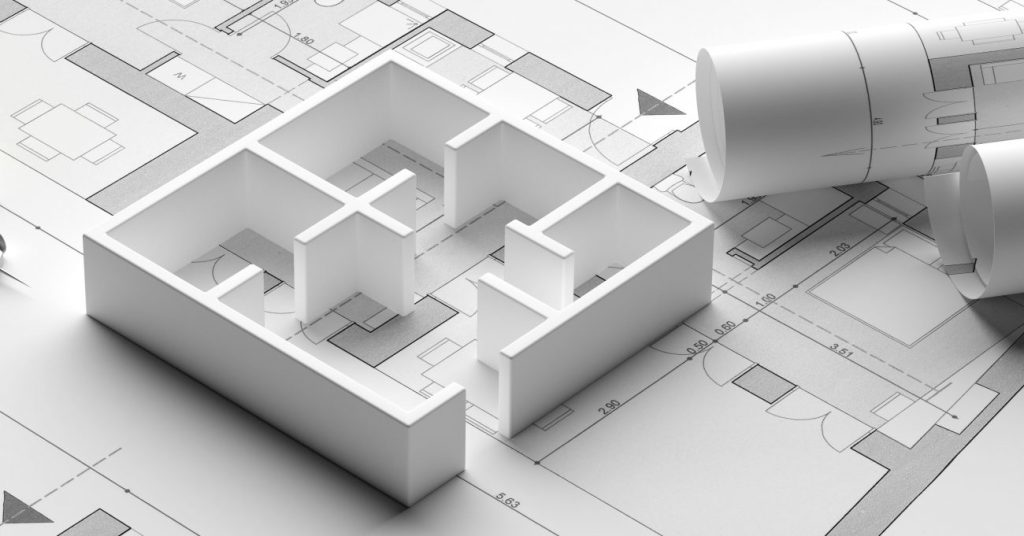Sales of new houses jumped 16.6% in May as low mortgage rates and a shortage of inventory in the existing-home market enticed Americans released from stay-at-home orders to buy from builders.
Purchases of new single-family houses rose to 676,000 at a seasonally adjusted and annualized pace, the highest level since February, the month before the pandemic struck the U.S., according to a government report on Tuesday. The median price was $317,900, a gain of 1.7% from a year earlier.
About 27% of the homes sold in May were not yet started, 36% were under construction, and 37% were completed, according to the data that records a home as sold when it goes under contract.
Demand for new homes is rising as financing costs are being driven lower by a Federal Reserve bond-buying program aimed at helping the economy during the pandemic, said Robert Dietz, chief economist of the National Association of Home Builders. The central bank is purchasing mortgage-backed securities to boost demand in the bond markets, resulting in lower yields and cheaper home-loan rates.
“The low-interest-rate environment is causing housing to improve faster than other parts of the economy, which tells us the housing sector is likely to play a leading role in the emerging recovery,” Dietz said in an interview.
The average U.S. rate for a 30-year fixed mortgage fell to an all-time low of 3.13% last week, according to Freddie Mac. Rates are likely to remain low through the end of 2021, according to a June 10 Fannie Mae forecast that put the average for this year at 3.2% and the average next year at 2.9%.
Pandemic lockdowns are another factor in the sales jump, Dietz said. Some people who were cooped up together for weeks in homes that lacked features they need – like home offices – are now searching for better digs, he said.
“There’s been a renewed focus on the importance of housing, particularly during a public health crisis,” he said.
Also, some families have decided they want to live in lower-density areas, Dietz said.
“We’re seeing a geography change,” Dietz said. “Buyers are looking at lower-density markets because of concerns over the virus – they don’t want to be in central city areas where they have to be connected to the subways, for example – and that supports builders.”







